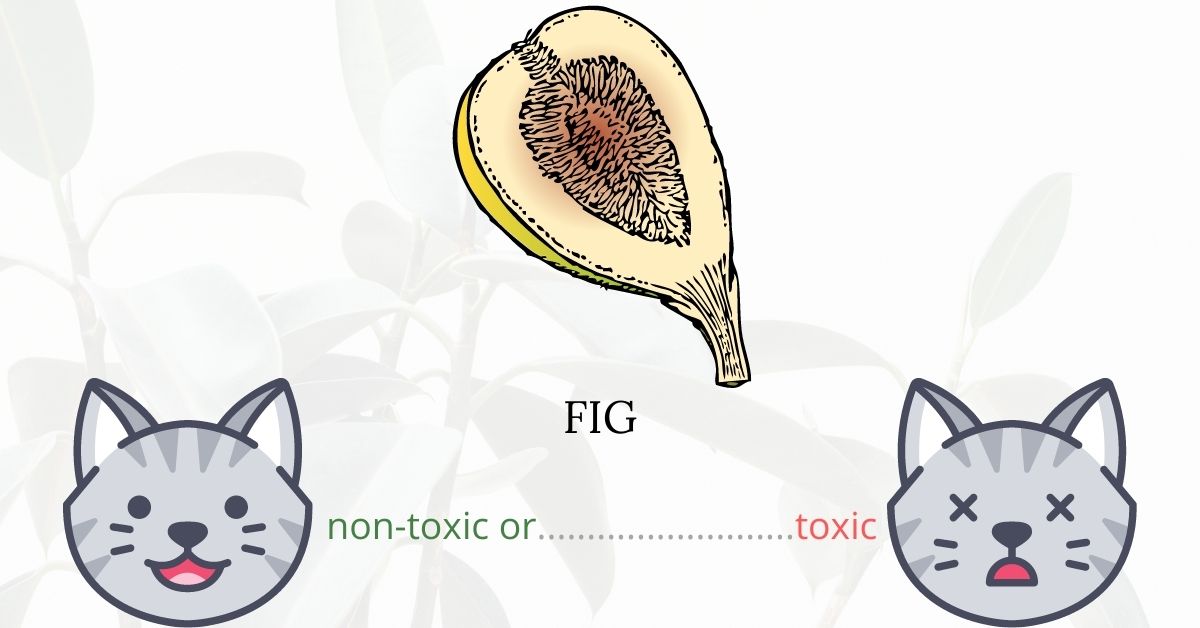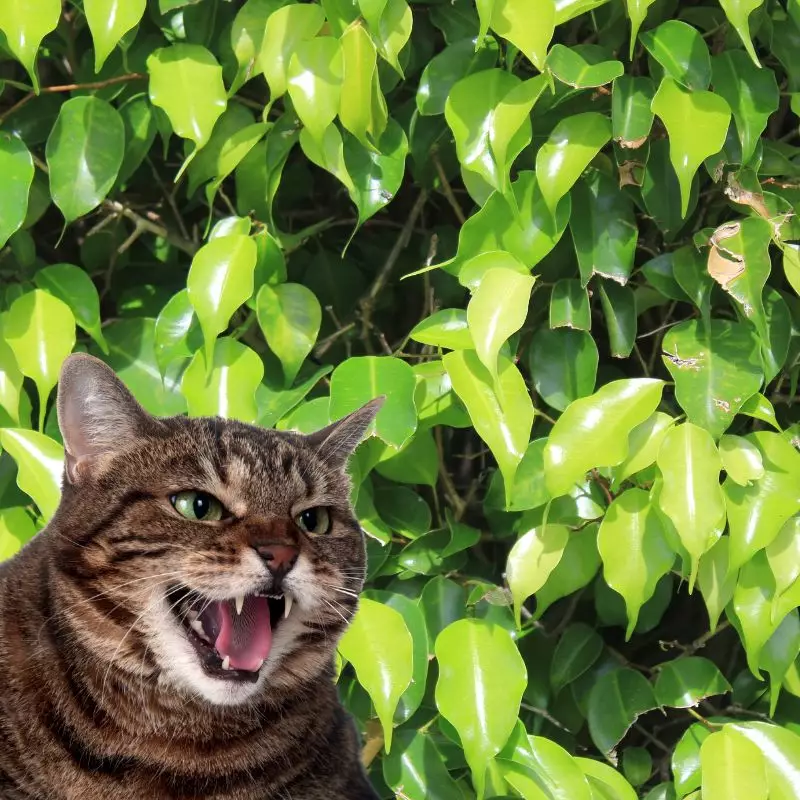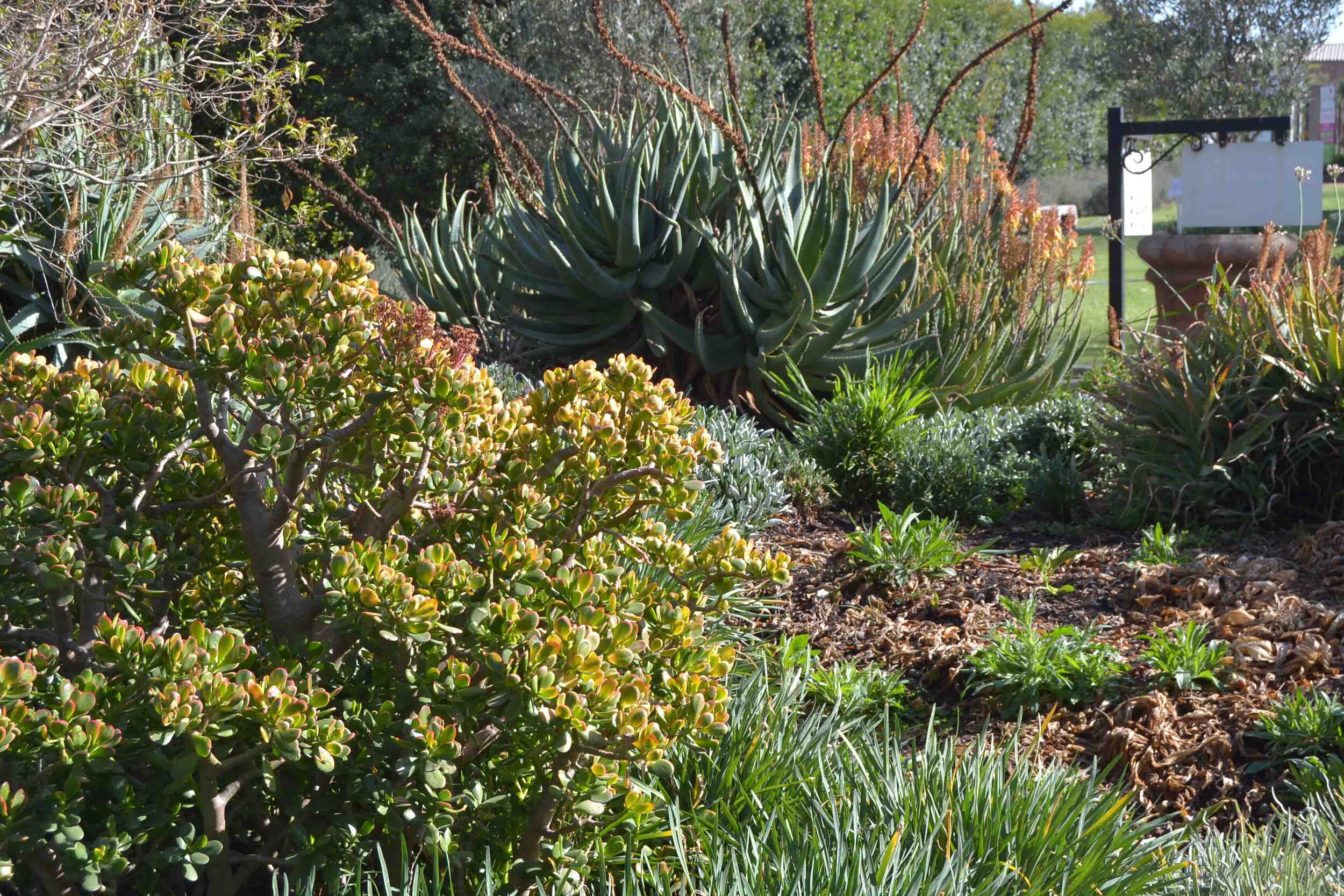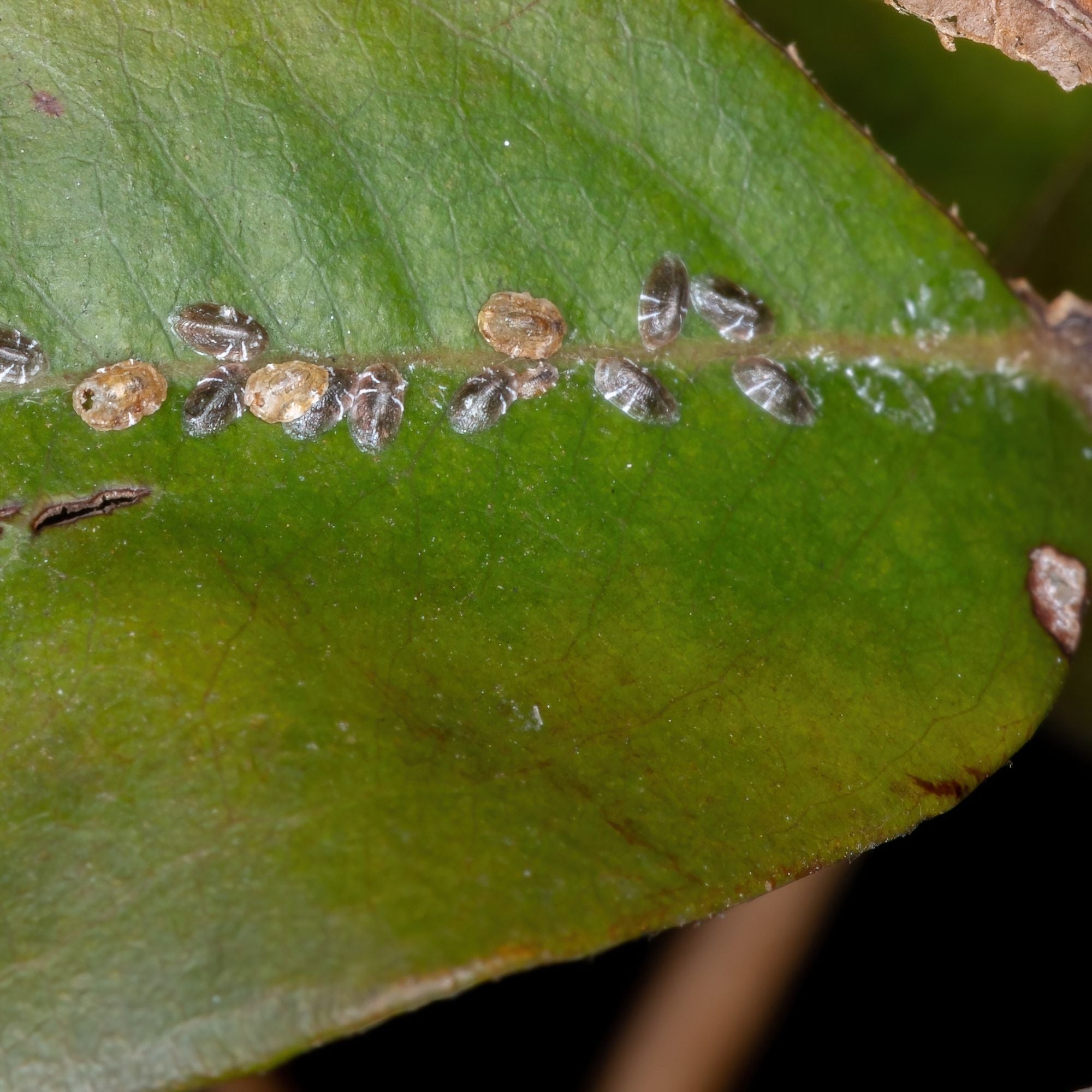Are Fig Plants Poisonous to Cats? What Every Cat Owner Should Know

The first time I learned fig plants could be trouble for cats, it wasn’t from a textbook—it was three in the morning, barefoot, chasing my tabby, Juno, around the living room with a flashlight. She’d managed to wedge herself behind the radiator just to gnaw on a drooping leaf of my prized fiddle-leaf fig. I remember the sticky sap clinging to her whiskers and that faint citrusy smell lingering on her fur. The next day? Saliva puddles by her food bowl and one very unamused vet call later, I began my crash course in “cat-safe living.”

Let’s talk about what really happens with cats and fig plants—and more importantly, how real cat owners (like me and half my pet-owning circle) have navigated this leafy obstacle course.
The Sap Trap: Not Just Theory
Fig plants—whether you’re talking about Ficus benjamina lounging in your office window or an Instagram-famous fiddle-leaf—are more than just décor. Their milky-white sap contains ficin and ficusin. These aren’t science fiction toxins; they’re natural defenses the plant produces against insects and grazers. Unfortunately for our feline friends, these compounds don’t discriminate—and might as well come with warning stickers for curious noses.
Back in 2019, when houseplants were all the lockdown rage, two of my friends swapped horror stories: one cat developed a rash around her mouth after licking a split rubber plant leaf; another went on a full-blown chewing spree that ended in stained carpets from vomiting (nothing quite says “welcome home” like cleaning up leafy green puke before your morning coffee).
Here’s what I’ve seen—up close and messy:
- Skin irritation where fur is thin (think inside ears or under chins)
- Lots of drooling
- Pawing at the mouth
- Sudden bouts of vomiting or diarrhea
It’s rarely fatal unless a cat eats large quantities (which is rare), but believe me: even minor reactions can mean lost sleep and frayed nerves.

The Don’ts That Turned Into Do’s
My first attempt at “pet-proofing” was comically naive. I perched the ficus atop a bookshelf—confident Juno wouldn’t bother. Four days in, she’d staged a nighttime parkour event across picture frames…straight into those leaves.
Lesson learned: vertical distance means nothing if you’ve got an acrobat in the house.
After failing at simple relocation, here are strategies that actually worked—not just ideas pulled off Pinterest:
1. The Off-Limits Room Method
A friend swears by using their laundry room—with a closed door and no feline access—as a greenhouse annex for any risky plant. Small bathrooms work too (though humidity can do weird things to some figs).

2. Hanging Planters: High… But Not Just High
When plant placement failed me, I switched to ceiling-mounted planters with strong hooks anchored into beams—not drywall (learned that lesson after rescuing both plant and soil-caked cat from behind my couch).
A quick tip: macramé hangers look cute but only if your hooks will outlast your cat’s curiosity.
3. Strategic Trade-Outs
After two close calls by different friends within one week—including one vet bill north of $200—I started trading out high-risk foliage altogether:
- Spider plants (Chlorophytum comosum)—a hit with cats but non-toxic
- Boston ferns—for drama without drama
- Parlor palm (Chamaedorea elegans)—mine’s now ten years old and never gets so much as an investigative sniff
And yes—fake figs found their way onto shelves where live ones once stood. No shame there.
4. Scent Deterrents That Actually Work
Forget citrus sprays that fade overnight or double-sided tape cats eventually ignore—a little mesh of rosemary sprigs tucked into my planters finally convinced Juno she wasn’t interested anymore (bonus: kitchen smells amazing). Some folks swear by scattering orange peels temporarily during the “training” phase—but always change them before they mold.
5. Cat Grasses as Decoys
I set up trays of pet grass beside sunny sills—and watched as Juno zeroed in on her new snack bar instead of forbidden foliage. These cost under $8 per tray at local pet shops or online ($12 if you go fancy), far less than treating GI upset at midnight!

If Disaster Strikes…
Sometimes even the best-laid plans fail—for instance, returning home to watery eyes or suspicious piles beneath window boxes.
Here’s how seasoned cat parents act fast:
- Wipe Down Immediately: Use soft cloths dampened with warm water to remove sap from fur or skin.
- Watch Closely: Track symptoms over hours—not just minutes.
- Skip Internet Panic: Call your vet if anything seems off—even mild drooling after unknown exposure.
- Bring Samples: When possible, take photos of the chewed leaf; it helps vets confirm toxicity sources fast.
- Keep Numbers Handy: My fridge sports both our vet clinic's number AND ASPCA Animal Poison Control (888-426-4435).
My worst outcome? A sleepless night watching over Juno after mild vomiting—with zero lasting harm because action was swift and calm.
Why All This Fuss?
Too often advice gets exaggerated online (“fatal within minutes!”) but ignoring genuine risks isn’t wise either—the middle ground is knowing exactly WHAT matters most:
- Quantity eaten counts more than casual nibbles
- Most cases resolve quickly if treated early
- Cats love proving us wrong about “safe” spots
So keep fig plants out of reach—or better yet, swap them out entirely if you’ve got an obsessive nibbler at home.
Five-Minute Feline Safety Sweep
Here’s what worked for me every season:
- Scan all reachable surfaces at knee-height or higher.
- Double-check top-of-cabinet spots—they’re not safe!
- Hang any suspect plant using legit hardware.
- Set out pet grass by windows as decoy greens.
- Tape emergency contacts near your phone/fridge/magnet board.
Never underestimate your cat’s detective skills—or how quickly small changes today dodge big emergencies tomorrow! Houseplants add beauty—but nothing beats peace of mind witnessing your healthy cat sunbathe beside only safe greenery.
Final Word From This Battle-Tested Cat Parent
If guilt tries creeping in—ignore it! Every devoted owner has made plant mistakes before learning better strategies (my living room will never again host a Ficus while Juno reigns supreme). What counts is adapting fast, trusting real evidence over internet legend…and keeping those emergency numbers close just in case curiosity strikes again tonight!
Got specific questions about tricky plants? Or searching for hardy alternatives that truly stand up to paws-on inspection? Share your story—I’m always here to swap tales from the green-and-furry frontline!



